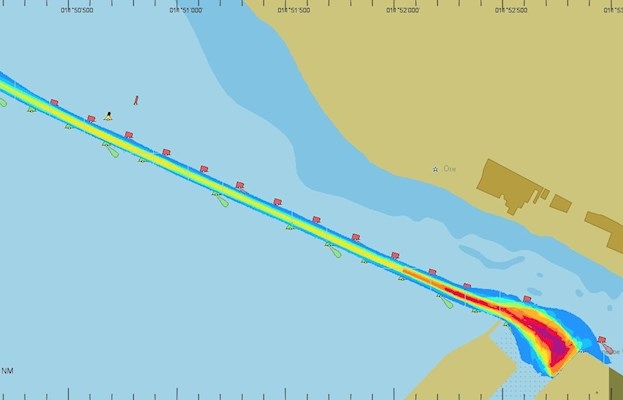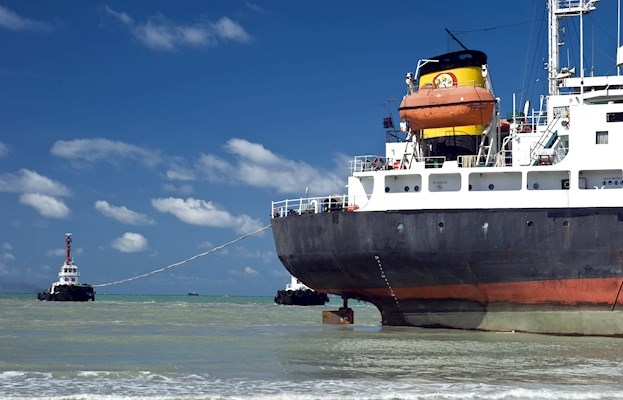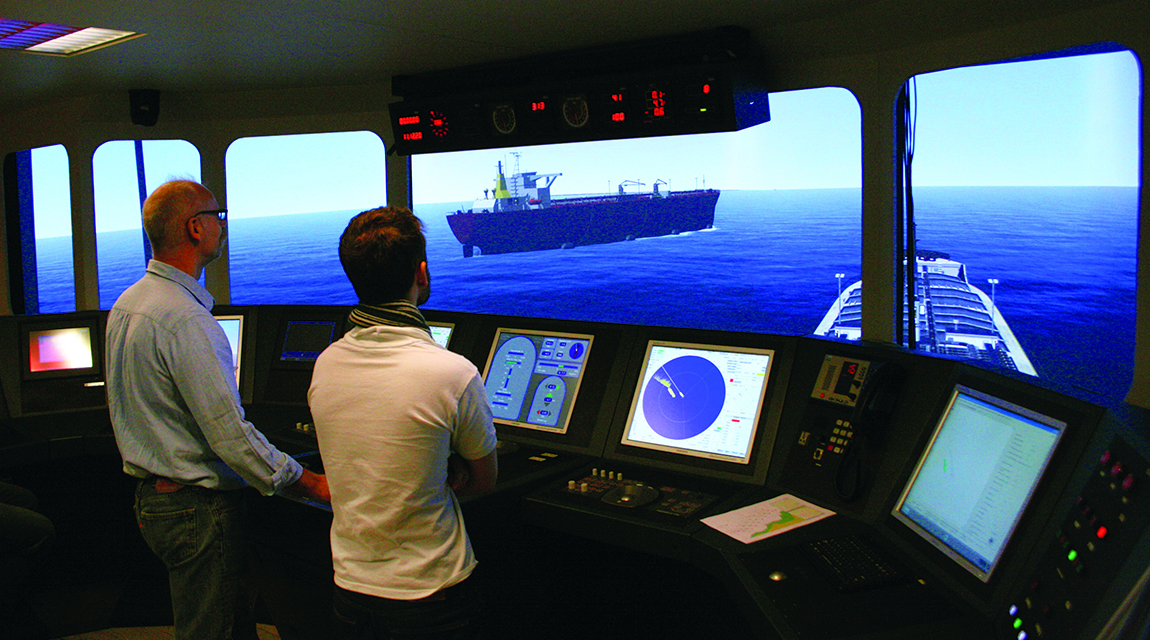Designing ports for safety and efficiency
Port design requires thorough and proper evaluation to ensure safety and efficiency.
The investment in a new port or redesigning of an existing port is substantial, therefore it is extremely important to validate the design of the port, also seen from the mariner’s perspective, before it is built.
By validating the port layout seen from the mariner’s perspective, it is ensured that the layout is feasible for the ships it is designed for. Besides that, the limiting environmental conditions are then based on a navigator’s experience and skills rather than theoretical calculations.
Safe and efficient port design
A classic definition of a safe port is given by “A port will not be safe unless, in the relevant period of time, a particular ship can reach it, use it and return from it without, in the absence of some abnormal occurrence, being exposed to danger which cannot be avoided by good navigation and seamanship"
When it comes to safety, it is important that pilots/captains feel comfortable when using the port, i.e. that there is sufficient space for stopping and manoeuvring, realistic environmental limitations, necessary aids to navigation, sufficient tug capacity etc. At the same time, it is important that the port is efficient with respect to economy.
Assessment of port design
As described above, assessing a port design and/or an approach channel is a complex task which encompasses several disciplines and aspects which must be taken into consideration.
In a ship simulator, it is possible to test the proposed layout, thereby assisting the decision makers in the evaluation and/or validation of the optimal solutions.The ship simulator is the ideal tool as it, besides being a mathematically accurate tool, provides the occasion to gather all the stakeholders (management, ship owners, captains, pilots etc.) in a realistic environment to experience real-life situations, thereby making the stakeholders aware of the advantages and limitations of the proposed port design. In the end, consensus can be obtained on what is the best possible port design with respect to safety, efficiency and costs.
The benefits are numerous as you get the layout assessed and tested before anything is built at a cost that is insignificant compared to the cost of for example loss of turnover due to down time or loss as a consequence of an accident,” says Senior Project Manager Niels Arndal.

Article
How to avoid expensive downtime in approach channels

Article


